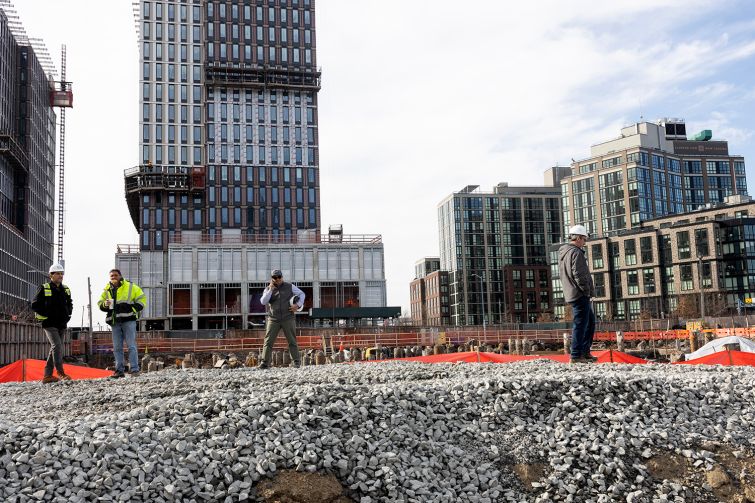Preserving Affordable Housing Is Missing From New York’s New Budget
By Jolie Milstein April 23, 2024 12:15 pm
reprints
Gov. Kathy Hochul rightly noted in her January State of the State address that the lack of affordable housing is one of the biggest drivers behind people leaving New York.
With the governor’s clarion call to get something done, coupled with the fact that the affordable housing crisis has only worsened since the last budget cycle when lawmakers rejected her proposals to address it, our industry was optimistic that this year’s budget talks would finally yield a solution.
Unfortunately, despite some policies and investments that are a step in the right direction, the recently enacted 2024-25 state budget falls short, because it lacks a comprehensive solution that preserves the units we already have while building future affordable housing stock.

The truth is that unless we protect existing units, they will become uninhabitable and unavailable. We will be adding new units as old units come offline, merely maintaining the status quo and failing to make significant forward progress.
The New York State Association for Affordable Housing (NYSAFAH) this year proposed creating a $250 million Affordable Housing Relief Fund to help preserve buildings and prevent the loss of many of the vital existing affordable housing units that house vulnerable individuals and families. Unfortunately, the governor and state lawmakers failed to recognize the need for this fund and left it out of the final spending plan.
In 2017, NYSAFAH was a key advocate for the first five-year Affordable Housing Plan, which helped bring about once-unimaginable affordable housing production. The certainty provided by the five-year plan was a game changer in attracting private sector investment.
Much of this progress was undone by the pandemic, during which many affordable housing tenants were either unable or unwilling to pay their rent. While emergency rental assistance programs helped qualified tenants, many failed to apply while others failed to qualify. This left owners in the untenable position of having to tap reserves just to make mortgage payments so tenants could stay housed during the COVID crisis.
Now, these same buildings need emergency repairs yet lack the funding necessary to ensure the highest level of health and safety that all tenants deserve. These buildings operate on the slimmest margins, and raising rents is not an option because it would undermine the promise of affordability.
We applaud many of the housing-related changes enacted as part of this year’s budget, such as the extension of 421a tax benefits, the creation of a new 485x program, removing barriers to new construction in New York City, encouraging upstate municipalities to undertake planning for affordable housing, and prohibiting affordable housing discrimination in insurance. But without the financial backing to save our existing affordable housing stock, we are missing a vital piece of the puzzle.
Failing to fund the Affordable Housing Relief Fund will result in a sadly predictable outcome: another year of disrepair, operational losses and increased costs. Owners will have to leave units vacant because they lack funding for repairs that pose safety risks to tenants.
Negotiating a $237 billion state budget is no small undertaking. It is filled with competing priorities and difficult choices that require compromise. Taking stock of wins and losses, and forging a path forward is an equally important part of the process and one that is critical to advocacy.
Government has a far-reaching inventory of solutions well beyond its budgetary authority. Statutes, regulations, programs, policies and procedures are all tools for problem solving. The governor and lawmakers must put these tools to work to ensure vital affordable housing buildings across the state have the support they require so they don’t default — an untenable prospect for tenants and property owners alike.
In the New York state budget, the lack of resources for an Affordable Housing Relief Fund will have consequences as more affordable units are unavailable to families in need. The opportunity to solve the preservation crisis in this year’s budget may have passed, but Albany must dig deep to find solutions to help now.
Our responsibility to the well-being of New York’s tenants is a cornerstone of the affordable housing industry. We are here to do everything we can to honor that commitment, but waiting until the next budget cycle is not an option.
Jolie Milstein is president and CEO of the New York State Association for Affordable Housing.


